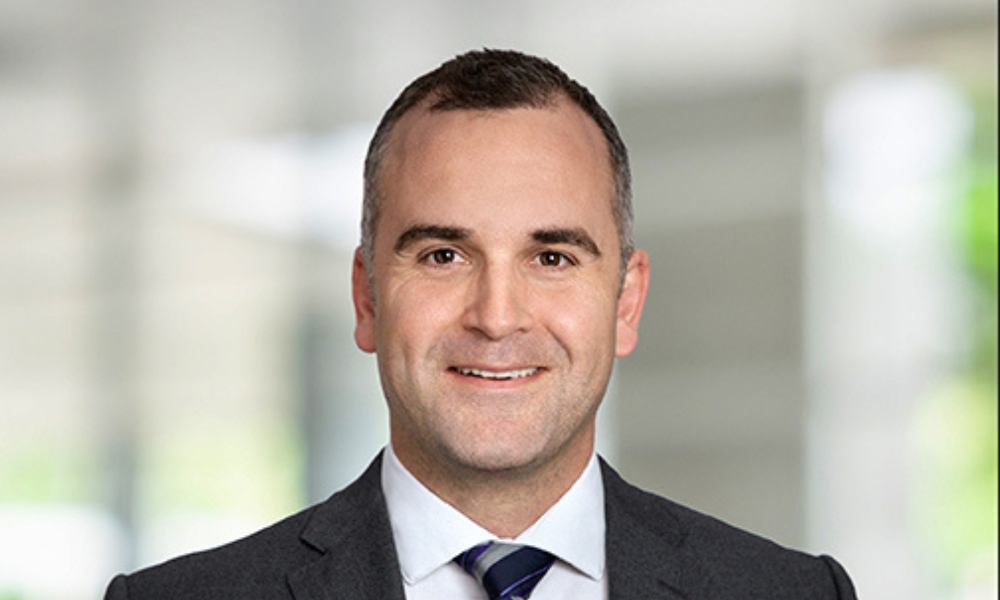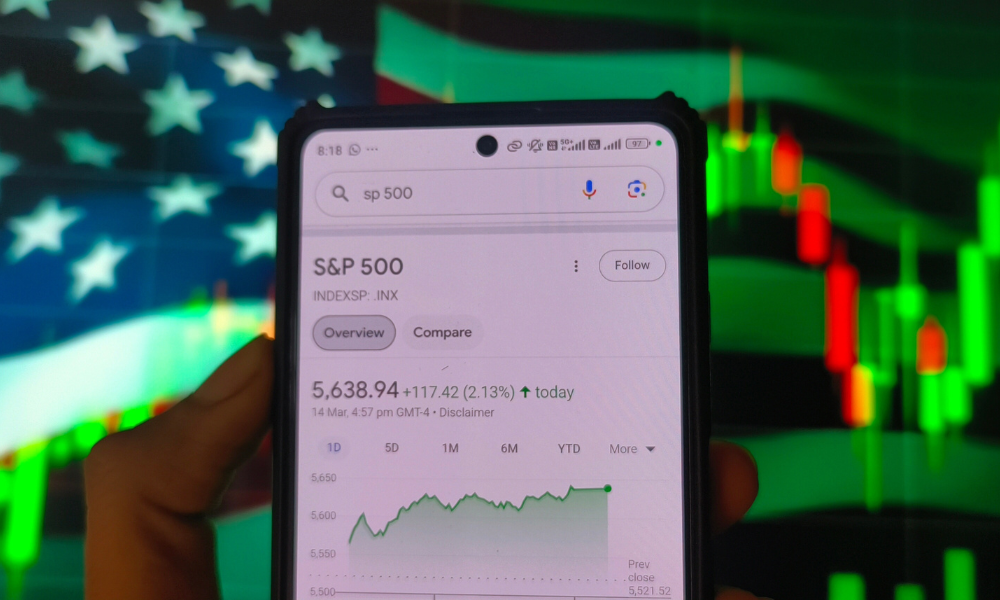After painful selloff across asset classes, risk management and diversification should be a watchword for investors

After more than a decade of reaching for growth and returns, investors today may want to turn their attention back to risk mitigation and quality as they look ahead to 2024, according to one economist and investment strategist.
“As an economist by background, I tend to always focus on the downsides and negative risks,” says David Onyett-Jeffries, Vice President, Economics & Multi-Asset Solutions at Guardian Capital LP. “Emphasizing the risk management aspect, I think, is very much in the best interest of Canadian investors in the year ahead.”
Opportunity in higher-quality equities
The S&P 500’s 2023 advance this year has been driven by the dominant performance of the so-called Magnificent Seven. Onyett-Jeffries says a similar story has played out across global markets; while the double-digit returns in equity markets might give the impression that performance is overrun, a look under the hood shows just a narrow swath of stocks driving those gains.
“Other than that, investor enthusiasm has been so weak that there are opportunities for active investment managers to pick and choose,” he says. “We’re seeing less uncertainty in the outlook now compared to before, but there’s still heightened uncertainty. … There are areas of the market that are going to be disproportionately impacted.”
Like many other observers, Onyett-Jeffries sees a host of potential downside risks on the horizon. In case those risks do materialize, he argues that higher-quality companies are likely to persevere.
“There's tons of research to show that these quality strategies tend to do well over long periods of time,” he says. “These are typically more large-cap companies that have a strong ability to generate a return on assets, stability in their earnings growth, and are able to exert power within their market structure. … They are price-makers rather than price takers, so they have a little bit more strength and are better positioned.”
From 2022 going into 2023, investors have had to endure a painful correction in the market as central banks embarked on their accelerated rate-hiking campaign against inflation. The upshot of that, Onyett-Jeffries says, is an equity market where canny active investors can pick up stocks at more reasonable valuations.
Bond yields come back to life
The carnage in public markets last year has also brought about a critical inflection in fixed income. Over the last 15 years, Onyett-Jeffries notes that bond values deteriorated fairly substantially, with return prospects diminishing considerably as interest rates globally plummeted to near-zero levels, dragging yields down with them.
“[Bonds’] role as a portfolio diversifier was greatly inhibited as well … They didn’t provide a big-enough cushion if things go bad,” he says. “The risk-reward profile on them wasn't great, so investors have eschewed them for the last 15 years … For a lot of people, that’s most of their adult investing lives.”
To prepare for periods of strife, he says investors generally would want to have an allocation towards safe, income-generating assets. For much of the last decade and a half, bonds were arguably safe but didn’t generate much income. The picture has changed now, Onyett-Jeffries says, as bond investors are seeing the best performance potential strictly from yield in over a decade.
With central banks making significant progress in taming inflation, one major question for investors in 2024 is if – or when – policymakers will start paring back interest rates.
Assuming rates don’t move, Onyett-Jeffries says investors will be earning a decent coupon even on government bond holdings. Alternatively, things could take an economic turn for the worse – which would be a negative for equity markets but positive for bonds as central banks cut rates more quickly than expected.
“You have this asymmetry in risk because the likelihood of interest rates moving materially higher, especially on higher-quality bonds, is not very high from our lens,” he says. “When we’re entering this period of uncertainty, it’s an opportunity to focus on having a well-diversified portfolio of high-quality assets.
“People haven’t been thinking too much about diversification over the last 15 years. Now you’re not giving up performance to the same degree by owning these high-quality fixed income assets,” Onyett-Jeffries says. “The selloff has been painful for investors, but when you get these asset valuation resets, it creates brighter opportunities moving forward.”



